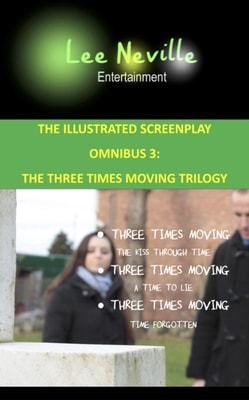Dominik Grafs preisgekrönter Film Die geliebten Schwestern (2014) setzt sich der komplexen Ideengeschichte um 1800 aus: Anhand der Beziehungen zwischen Friedrich Schiller und den Schwestern Charlotte von Lengefeld und Caroline von Beulwitz behandeln die Beiträge dieses Bands die medialen und historischen Aspekte einer kulturellen Umbruchsphase, in der sich das auf Autonomie und Selbstverwirklichung gerichtete Individuum neu zu begreifen lernt.

